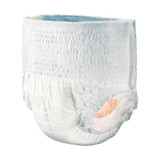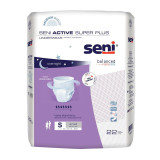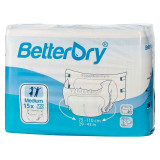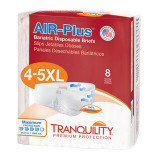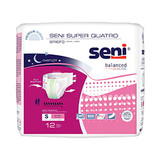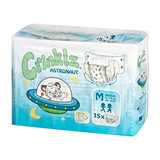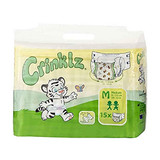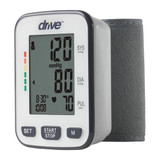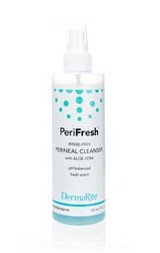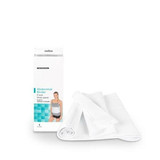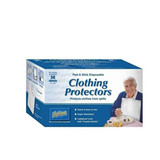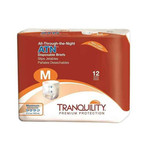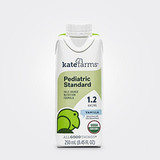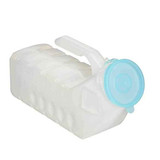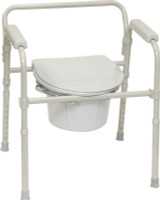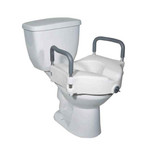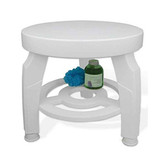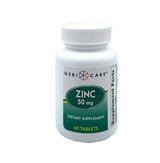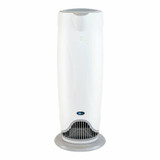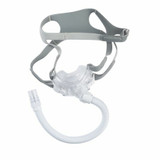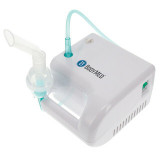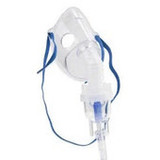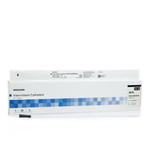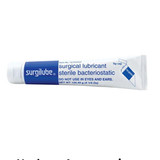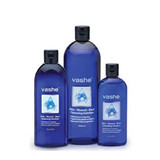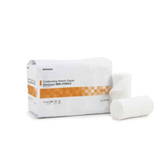
The Caregiver Guide - Assisting with ADLs (Activities of Daily Living)
With spiraling healthcare costs and an aging population, more and more people are resorting to caring for elderly loved ones themselves rather than placing them in care facilities. The National Alliance for Caregiving’s 2020 Caregiving in the US report presents some startling statistics.
· At 53 million in 2020, almost 20% of the US population provided unpaid care for another adult.
· 60% of these caregivers assisted their patient with at least one ADL
· 42% of caregivers assist with two or more ADLs
Assisting patients with ADLs is, therefore, clearly a very important aspect of caregiving. So, what exactly are ADLs? They are the fundamental tasks that people must perform to maintain their overall well-being and independence. These activities encompass personal hygiene, mobility, meal preparation, medication management, etc.
The Importance of Assisting with ADLs
As evidenced by the statistics, caregivers play a fundamental role in assisting with ADLs. They provide physical and emotional support to people who may find it difficult or impossible to perform these tasks themselves. Caregivers help with functions such as mobility, dressing, bathing and feeding, enabling care recipients to maintain their personal hygiene, health, and overall functioning.
Assisting with ADLs offers numerous benefits to care recipients. By providing support in daily tasks, caregivers promote independence, self-confidence, and a sense of empowerment. Additionally, caregivers can help prevent accidents, injuries, and health complications that may arise from the inability to perform ADLs adequately.
Assessing and Adapting Caregiving Strategies for ADLs
A caregiver must first comprehensively assess the care recipient's abilities and limitations to provide appropriate assistance with ADLs. This assessment involves observing and discussing the care recipient's performance of ADLs, evaluating any physical or cognitive challenges they may face, and identifying areas where support is required.
In addition to personal assistance, modifying the environment can greatly enhance the care recipient's ability to perform ADLs independently. Simple modifications such as installing grab bars in the bathroom, using adaptive equipment, or arranging furniture for easier mobility can make a significant difference. Adapting the environment to suit the care recipient's needs promotes safety, accessibility, and confidence, allowing them to maintain a greater level of independence in performing ADLs.
Supporting Mobility
A safe environment is probably the most important consideration for people with impaired mobility. Assess your patient’s needs and provide appropriate aids such as canes, walkers, or wheelchairs. You can also do home modifications to make it more accessible and reduce the risk of falls and other accidents. Contact the team at LL Medico to discuss options related to mobility aids or assistive devices for home and bath.
Another thing - just because your patient needs assistance with their daily activities doesn't mean they can't stay active! Encourage exercise and physical activity to maintain muscle strength and balance. Whether it's taking a stroll around the neighborhood or doing gentle chair exercises, every little bit counts.
Assisting with Personal Hygiene and Grooming
We so easily take ADLs for granted while we’re in full command of our senses and abilities. It may be difficult to understand that bathing and showering can be challenging for people with mobility or cognitive impairments. A caregiver can provide support by assisting with tasks such as dressing and undressing, ensuring the patient can get into and out of the tub or shower safely.
Older people often neglect dental care and oral hygiene. This is partly due to the high cost of treatment but also to other age-related conditions, such as mobility or cognitive issues. The knock-on effect of poor dental hygiene must never be underestimated. Caregivers can assist care recipients by reminding them to brush their teeth, helping with toothbrushing if necessary and ensuring access to oral care supplies.
Meal Planning and Nutrition
With advancing age, the prevalence of malnutrition rises, weakening the immune system and contributing to a decline in overall health. Nutrition is neglected for a variety of reasons, such as difficulties chewing or swallowing, increased use of medication or poor meal composition, among others. Understanding the signs of malnutrition and what constitutes a healthy diet is vital for anyone caring for an older adult.
Food is not only fuel for our bodies but also a source of enjoyment. When assisting with meal planning, it's important to consider nutritional needs and dietary restrictions. Sometimes, the patient may have specialized requirements such as thickeners or supplements due to other health issues. LL Medico is well-positioned to assist with this, too.
Health and Medication Management
Older adults are much more likely to be using prescription medications. In fact, many of them may be using several medications simultaneously. Juggling multiple prescriptions, dosages and times may become somewhat daunting, so a caregiver can be of enormous help. From pill organizers to reminder apps, there are plenty of tools to ensure everything stays on track.
Scheduling appointments for consultations or therapy, arranging suitable transport and assisting patients with transfers to and from vehicles are other areas where caregivers provide invaluable support. Caregivers often accompany the patient to facilitate communication between the healthcare professional and the patient.
Incorporating Technology for Caregiving
Technological advances over the last few decades have produced an abundance of devices and software applications to help caregivers and patients alike cope with various medical or age-related conditions. Let’s take a look at some of them:
· Fall detection and emergency alert devices: These wearables can send alerts to caregivers or emergency services if a fall occurs.
· Medication reminder apps and pill dispensers: Apps can remind individuals to take medication, while dispensers ensure they take the correct dosage at the right time.
· Telehealth platforms: Allow for remote consultations with doctors, therapists, or other healthcare professionals, reducing travel needs.
· Smart home devices: Automate tasks like adjusting lights, controlling temperature or locking doors, promoting independence and safety.
· Virtual reality and games apps: Can provide cognitive stimulation, improve mood, and promote engagement in enjoyable activities.
In conclusion, by assisting with activities of daily living (ADLs), caregivers play a vital role in the well-being and independence of their patients. Although the burden of caregiving and helping people with their ADLs may sometimes become a little overwhelming, as a caregiver, you must remember that you make a significant difference in your patient’s life.
You must also remember that your own health is equally important. According to the Caregiving in the US report, almost a quarter of caregivers noted that their health had deteriorated. Don’t add to that statistic. The National Alliance for Caregiving and the Family Caregiver Alliance are packed with resources to help you cope with your role as a caregiver.




